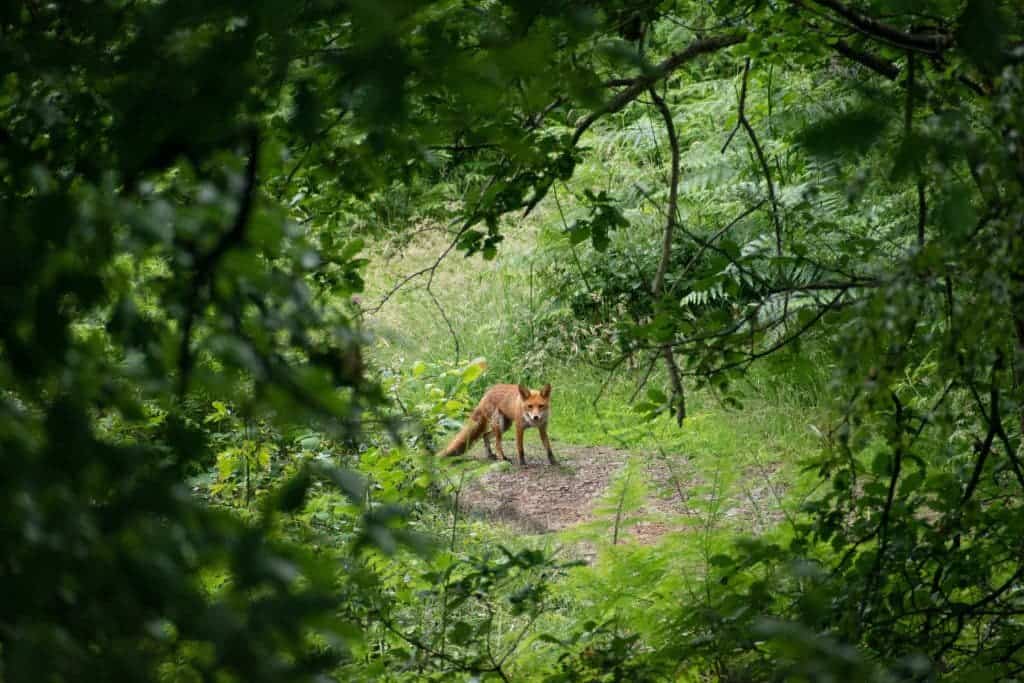A growing body of evidence is already showing that preventing new pandemics like COVID-19 will require addressing biodiversity loss from human activities such as deforestation and agriculture. Now, a new study has synthesized the current understanding of how biodiversity affects human health and why it’s so important to preserve and protect it.

Felicia Keesing, a Bard College professor and lead author of the paper, says it’s a myth that wild areas with high levels of biodiversity represent hotspots for diseases. The more animal diversity, the more pathogens — the myth goes. But this is plain wrong, Keesing says. Biodiversity itself isn’t a threat, quite the contrary: it protects us from the species that carry pathogens.
Zoonotic diseases such as Ebola, SARS, and COVID-19 are caused by pathogens that jump to humans from other species. A pathogen might travel from one host to another in droplets or aerosols from coughs or sneezes; through bodily fluids; through fecal material; or by being transferred during the bite of a vector. It’s never easy to figure out how the next virus may jump.
Cross-species transmission results from a complex interplay between the characteristics of the pathogen, the original host’s infection, behavior, and ecology, how the pathogen is shed into and survives in the environment, how humans are exposed to the pathogen, and how susceptible those humans are to infection. So it’s not that more species directly means more risk — it’s more about how we interact with those species, and how they interact with each other.
Natural biodiversity (and its loss) can affect this pathway at multiple points, potentially affecting the probability that a new pathogen will become established in humans. But do diverse communities of host species serve as sources for new pathogens? Recent research seems to suggest that’s not the case.
“Research is mounting that species that thrive in developed and degraded landscapes are often much more efficient at harboring pathogens and transmitting them to people. In less-disturbed landscapes with more animal diversity, these risky reservoirs are less abundant and biodiversity has a protective effect,” Rick Ostfeld, co-author of the paper, said in a statement.
The researchers argued that innate biodiversity can reduce the risk of infectious diseases through a dilution effect, in which species in diverse communities dilute the impact of host species that thrive when diversity declines. This happens when the transmission of a pathogen increases as diversity declines, as has been demonstrated for a number of disease systems.
Despite abundant evidence for the dilution effect, the more general idea that biodiversity can reduce human disease risk has been controversial, in large part because biodiversity was thought to be a source of new zoonotic pathogens via spillover. This is why we need to reconcile the effects of biodiversity on the emergence and ongoing transmission, Ostfeld and Keesing said.
Human impacts like land-use change have been linked to emerging infectious diseases of humans in many studies. When this happens, long-lived and larger-bodied species tend to disappear first, while smaller-bodied species with fast life histories tend to proliferate. Bats, primates and rodents have been highlighted as the ones more likely to transmit pathogens to humans.
“When we erode biodiversity, we favor species that are more likely to be zoonotic hosts, increasing our risk of spillover events,” Ostfeld said. “Managing this risk will require a better understanding of how things like habitat conversion, climate change, and overharvesting affect zoonotic hosts, and how restoring biodiversity to degraded areas might reduce their abundance.”
The researchers argued we debating the importance of one taxonomic group or another and instead focus on the host attributes linked with diseases transmissions. Getting a better understanding of the features of effective zoonotic hosts such as their habitat preferences and resilience to disturbance will be essential to protect public health, they argued.
The study was published in the journal PNAS.






